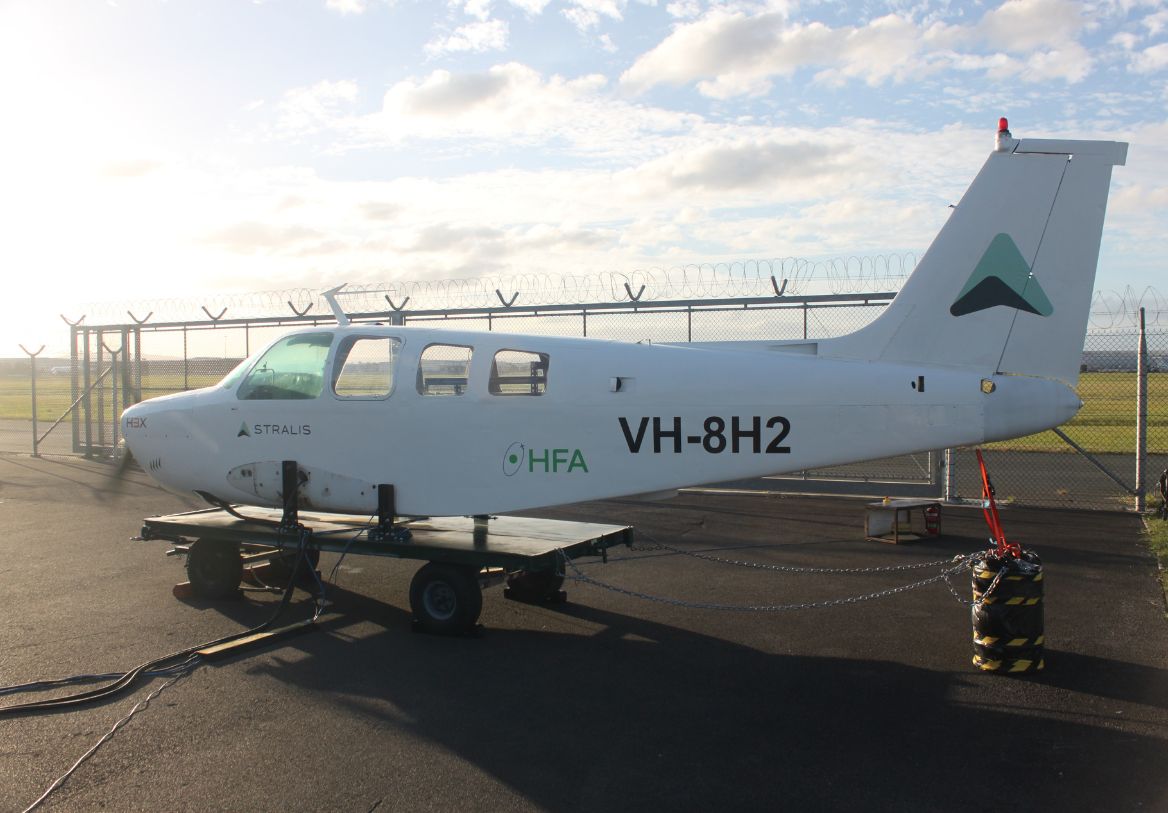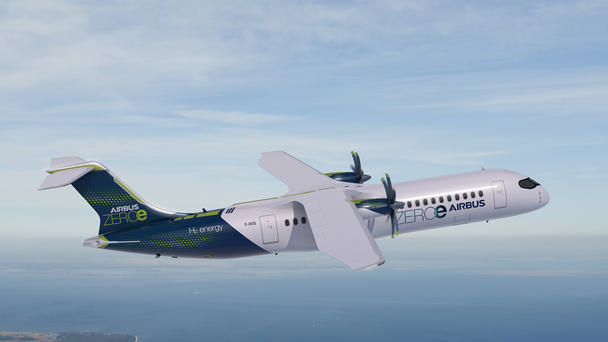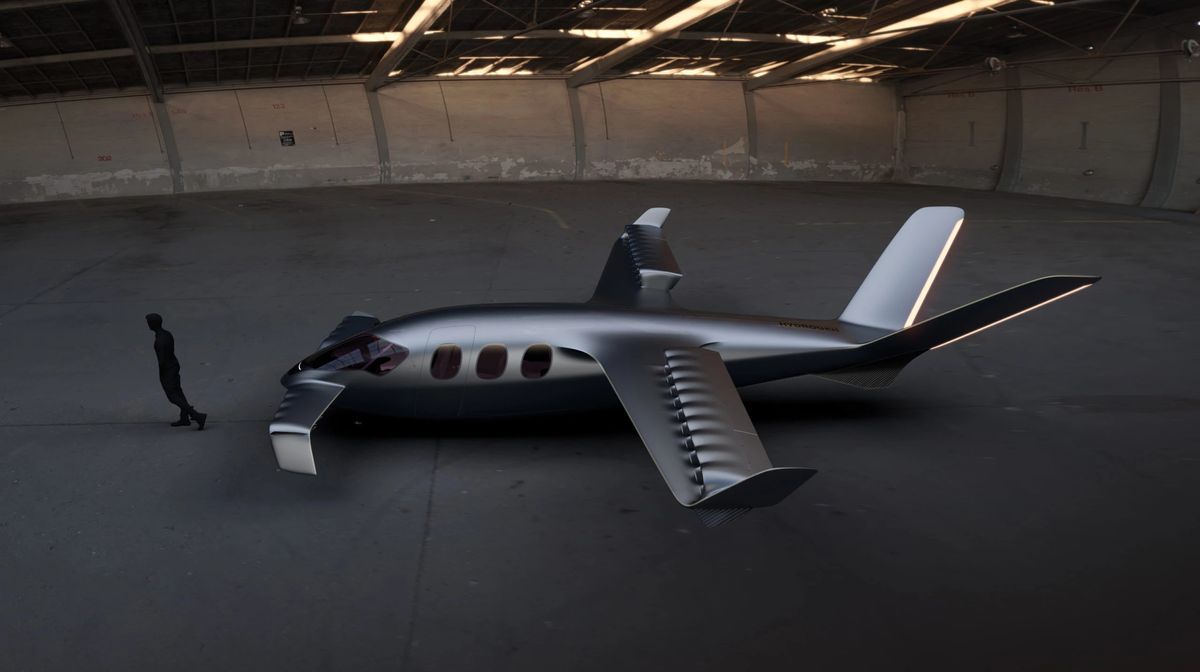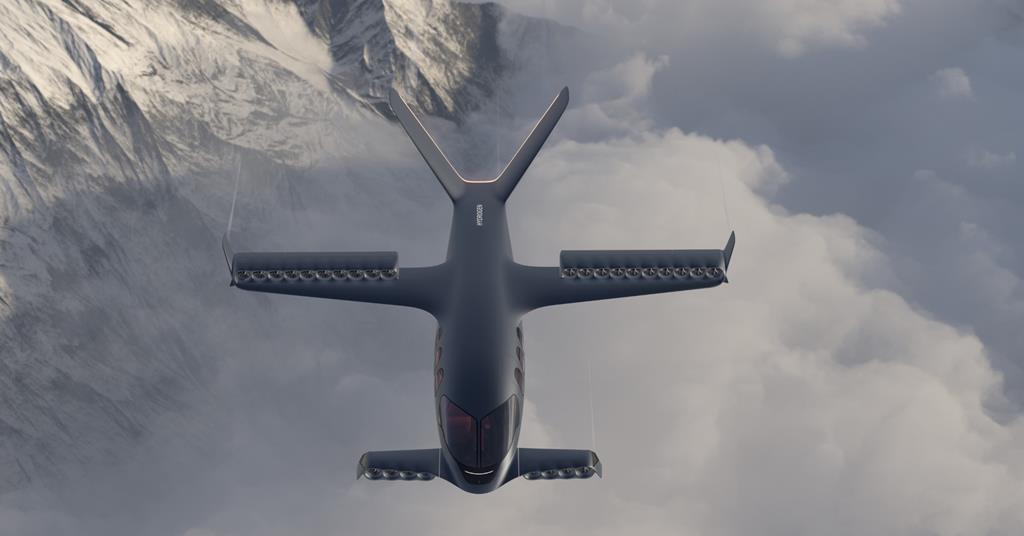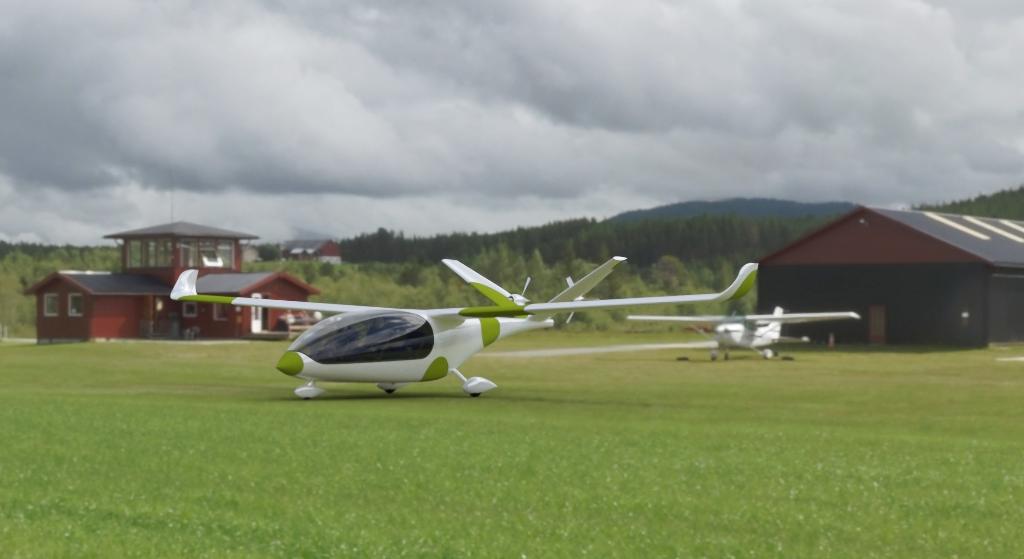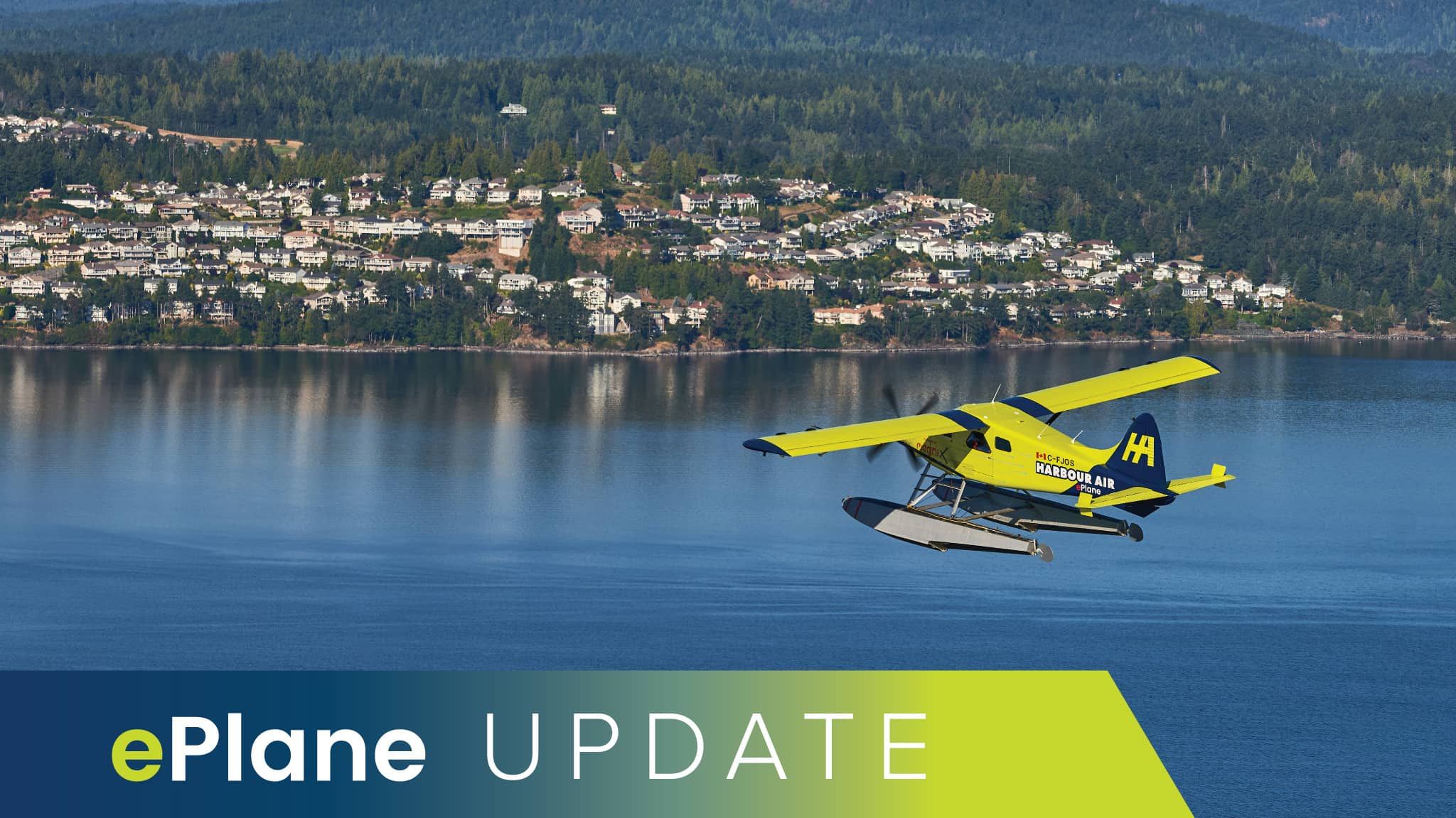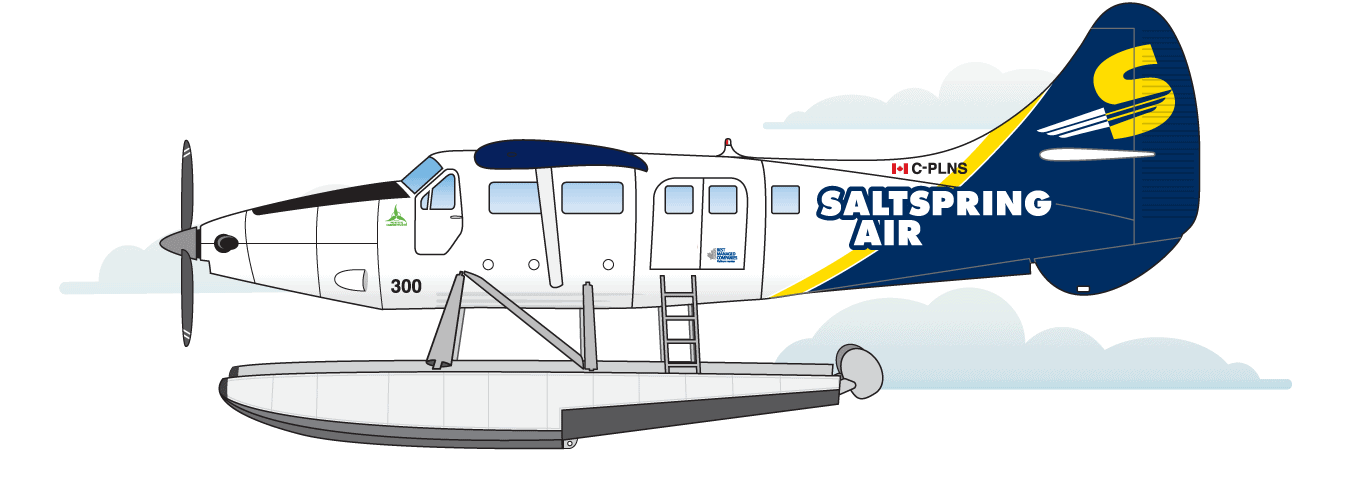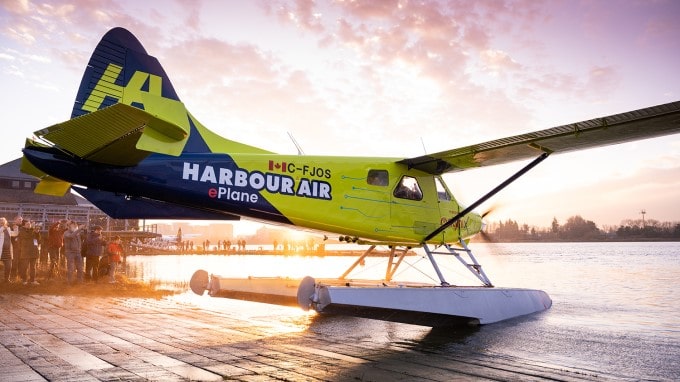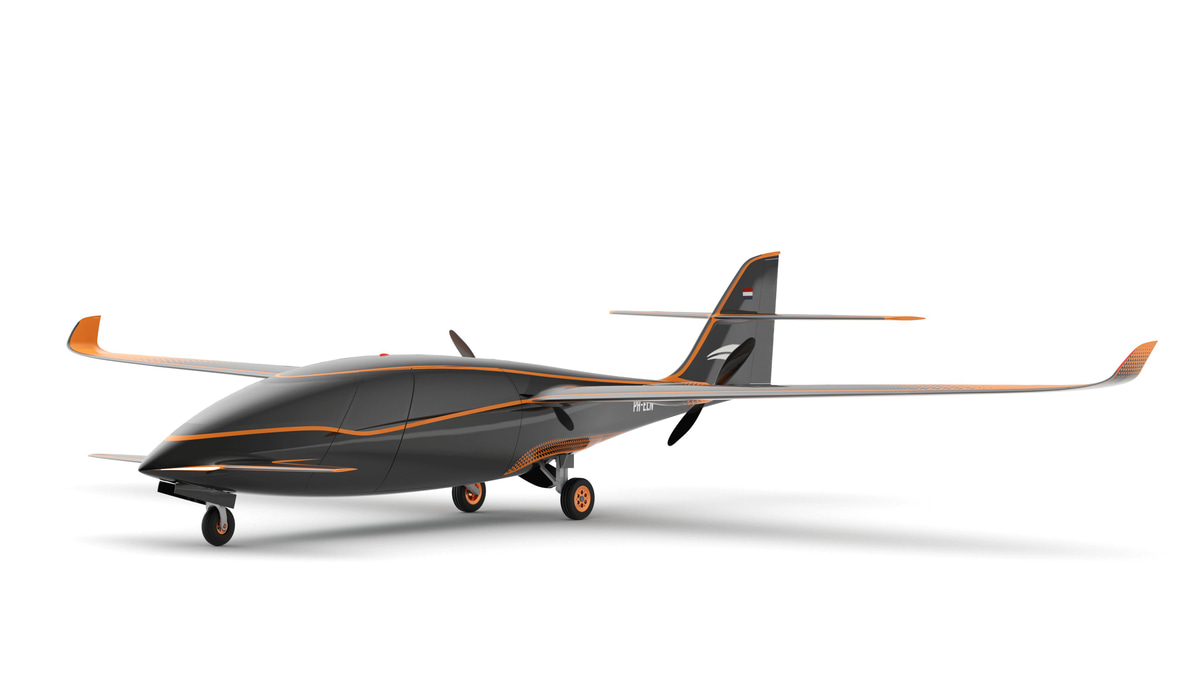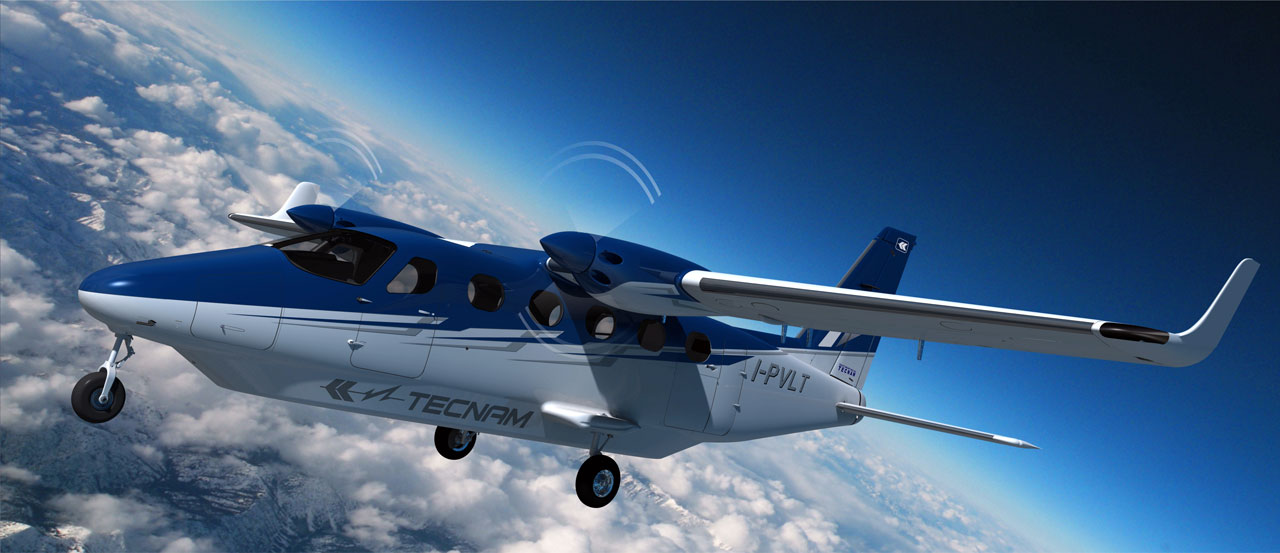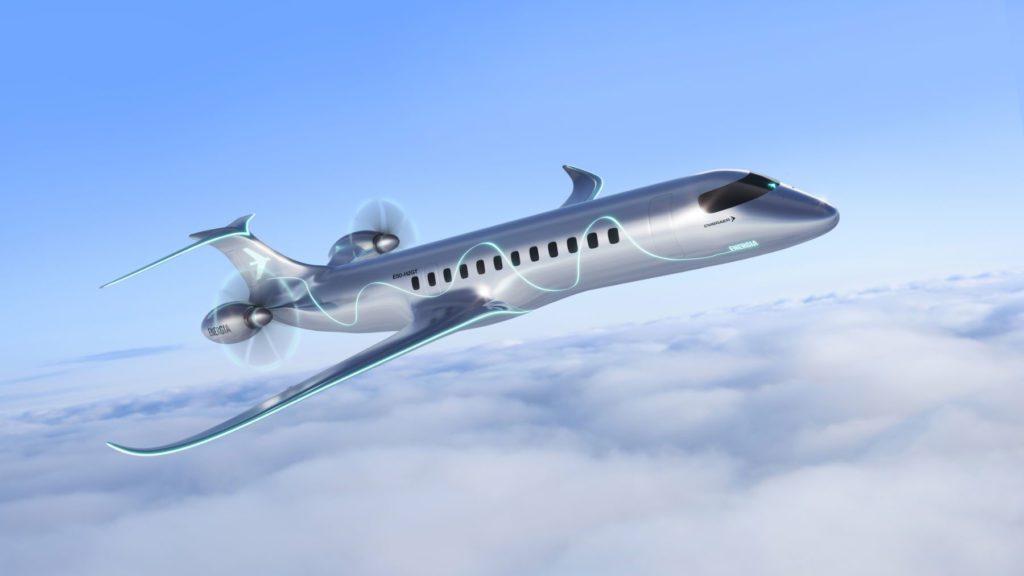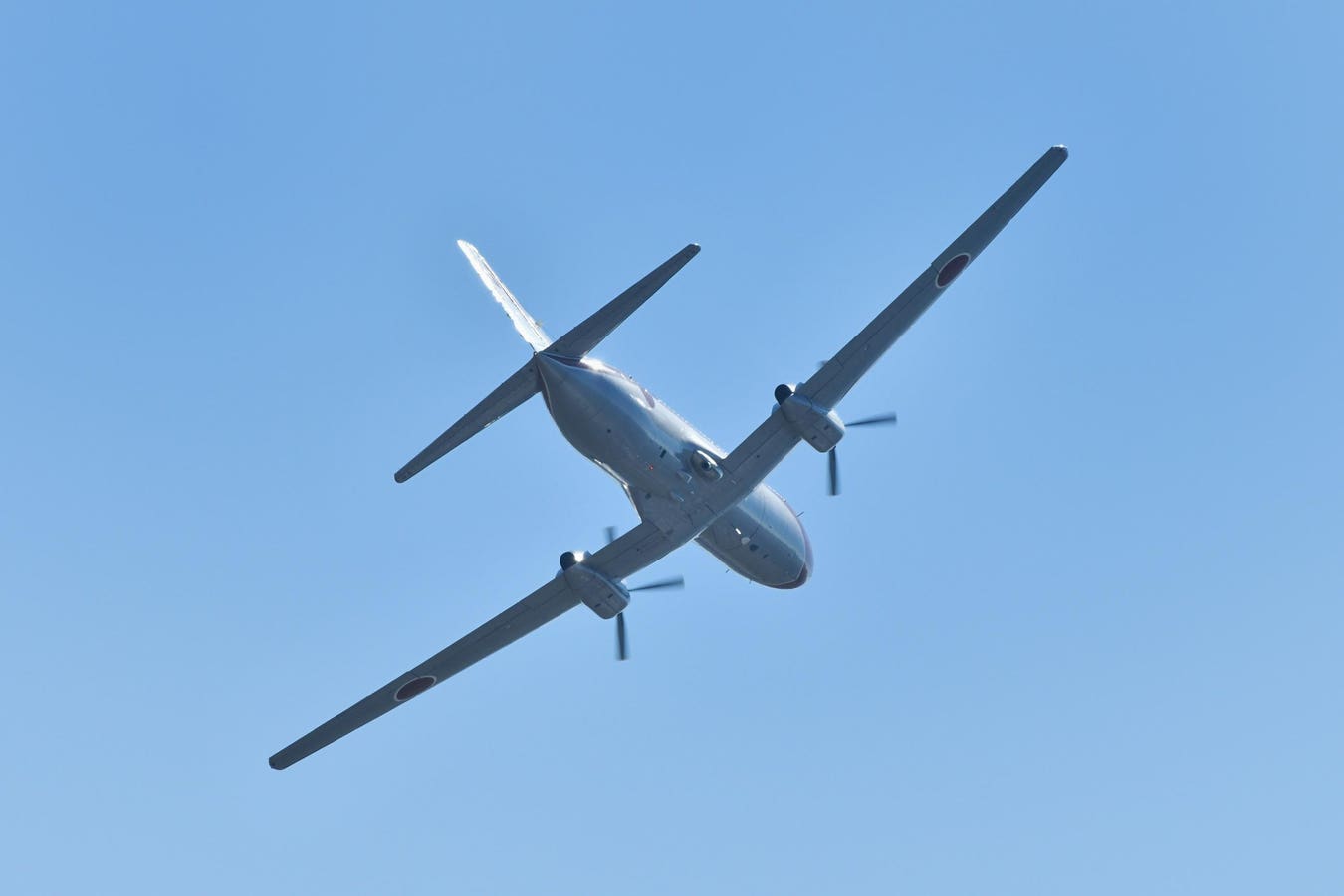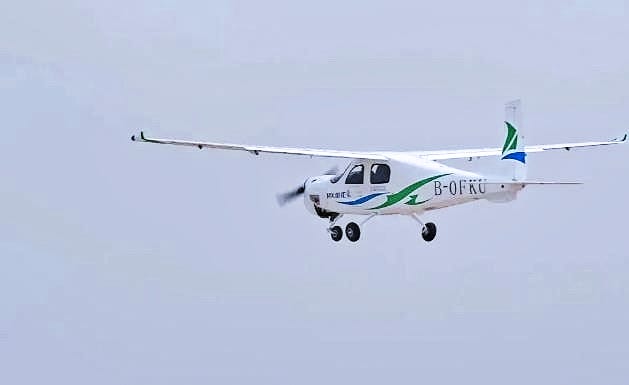The only viable solutions (IMVHO) are a) SAF, short term and b) long term: ammonia fuel, cracked into hydrogen (wasn't REL on the case, a while back ?)
How hard would it be to crack NH3 into LH2, onboard airliners ? NH3 is easy to store but only has half kerosene energy. Hydrogen has 2.7 times more energy than kerosene, but is a colossal PITA to store and handle (not the wings, forget the wing fuel tanks).
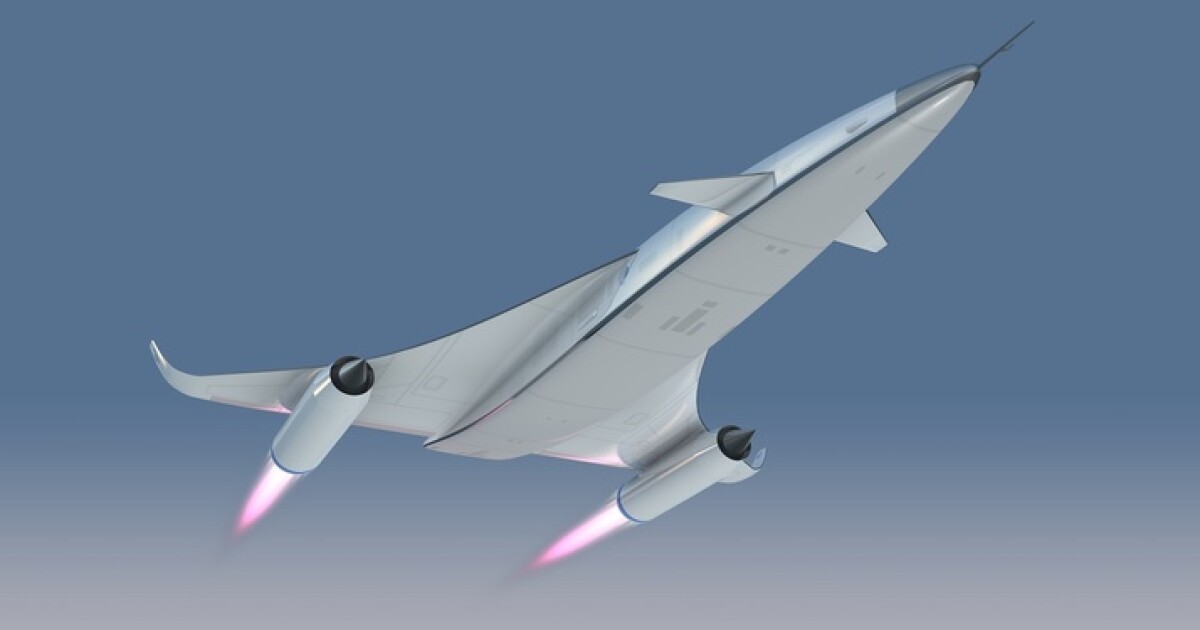
 newatlas.com
newatlas.com

 newatlas.com
newatlas.com
How hard would it be to crack NH3 into LH2, onboard airliners ? NH3 is easy to store but only has half kerosene energy. Hydrogen has 2.7 times more energy than kerosene, but is a colossal PITA to store and handle (not the wings, forget the wing fuel tanks).

Reaction Engines assembles partners for its ammonia aviation project
The UK's Reaction Engines has announced a joint venture to create compact, lightweight ammonia reactors it says can be used to decarbonize difficult sectors like shipping and off-grid energy generation – and surprisingly, also aviation.

Reaction Engines testing ammonia as carbon-free aviation fuel
Reaction Engines and Britain's STFC have completed a concept study into the practicality of using ammonia as a jet aviation fuel by teaming Reaction Engines's heat exchanger technology with STFC's advanced catalysts to modify conventional jet engines.

